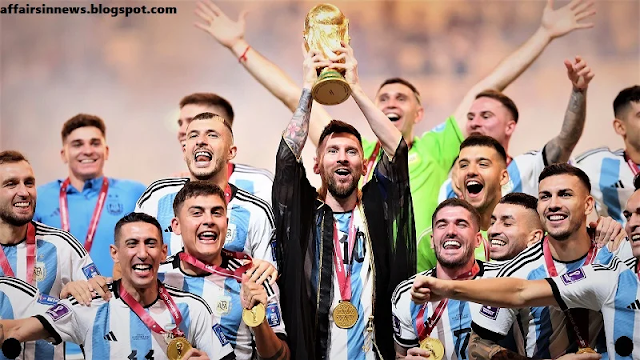THE HISTORY OF NIKE BRAND
1980 – 1989: A decade of transition and re-dedication
Nike entered the 1980s on a roll, thanks to the successful launch of Nike Air innovation in the Tailwind running shoe in 1979. Toward the finish of 1980, Nike finished its IPO and turned into a publicly exchanged organization. This started a time of transition, where several of Nike's initial pioneers chose to continue on toward different pursuits. Indeed, even Phil Knight stepped down as president for more than a year in 1983-1984, although he stayed the chairman of the board and Chief.
By the mid-1980s, Nike had slipped from its position as the industry chief, to a limited extent because the organization had severely miscalculated on the aerobics boom, giving upstart competitors an almost totally open field to foster the business. Fortunately, the debut of another signature shoe for a NBA freshman by the name of Michael Jordan in 1985 aided bolster Nike's bottom line.
In 1987, Nike prepared a significant product and showcasing effort designed to recapture the industry lead and separate Nike from its competitors. The point of convergence was the Air Max, the first Nike footwear to feature Nike Air bags that were visible. The mission was supported by a critical television promotion whose soundtrack was the first Beatles' recording of 'Revolution.'
After a year, Nike built on its momentum from the 'Revolution' lobby by launching an expansive yet enabling series of ads with the slogan "Just do it." The series included three ads with a young two-sport competitor named Bo Jackson, who espoused the benefits of another cross-preparing shoe.
In 1989, Nike's cross-preparing business detonated, thanks to some extent to the unquestionably popular "Bo Knows" promotion crusade. Before the decade's over, Nike had recaptured its position as the industry chief, the first and just time an organization in the athletic footwear/clothing industry has accomplished such an accomplishment. Nike has at absolutely no point ever relinquished that position in the future.
 |
| Vincent Edward "Bo" Jackson - American former professional baseball and American football player |
1990 – 1999: Nike extends its reach
Buoyed by a series of successful product launches and showcasing campaigns, Nike entered the 1990s by christening its beautiful world headquarters in suburban Portland, Oregon. In November of 1990, Portland turned into the first home to another retail-as-theater experience called Niketown, which would procure numerous architectural design and retail awards and spawn more than a dozen other Niketown locations around the USA and internationally.
While Nike had designed footwear and clothing for golf and soccer for a number of years, the mid-1990s signaled an extending commitment to succeed in these sports truly. In 1994, Nike signed several individual players from what would be the World Cup-winning Brazilian National Team. In 1995, Nike signed the whole team, and started designing the team's distinctive uniform. Nike also signed the US people's national soccer teams, as well as dozens of national teams around the world.
In 1996, Nike Golf handled a vastly gifted but as-yet-unproven young golfer named Eldrick "Tiger" Woods for a detailed $5 million every year. Competitors laughed and critics yelled at Nike's "imprudence," until Tiger won the 1997 Masters by a record 12 strokes.
 |
| Eldrick Tont "Tiger" Woods - American Professional Golfer |
2000 – Present: Leading a new generation
Nike rang in the new millennium with another footwear cushioning system called Nike Shox, which debuted during Sydney in 2000. The improvement of Nike Shox culminated more than 15 years of perseverance and commitment, as Nike designers stuck with their thought until innovation could make up for lost time. The result was a cushioning and stability system deserving of enlisting in Nike Air as the industry's best quality level.
Just as Nike's products have advanced, so has Nike's way to deal with marketing. The 2002 "Secret Tournament" crusade was Nike's first truly incorporated, worldwide marketing exertion. Leaving from the traditional "large competitor, enormous promotion, huge product" formula, Nike made a multi-faceted consumer experience in support of the World Cup.
"Secret Tournament" incorporated advertising, the Web, public relations, retail and consumer events to make excitement for Nike's soccer products and athletes in a manner no single promotion could at any point accomplish. This new coordinated approach has turned into the cornerstone for Nike marketing and communications.
 |
| Mark Parker - President and CEO Nike |
Today, Nike continues to seek new and inventive ways to foster superior athletic products, and imaginative methods to communicate straightforwardly with our consumers. The organization has continued to extend in new ways, including strong development in China and an arrangement to turn into the authority sponsor of the National Football League (NFL) starting in 2012.
At an investor meeting at its world headquarters in June 2011, NIKE, Inc. announced an increase to its fiscal 2015 revenue focus to another scope of $28-30 billion, up from its previous objective of $27 billion announced in May 2010. The organization also increased its fiscal 2015 revenue focus for the NIKE Brand to $24-25 billion, up from its previous objective of $23 billion.
President and CEO Mark Parker said: "At NIKE, Inc. we run a total offense, and it's based on a core commitment to development. That is the manner by which we stay opportunistic, serve the competitor, reward our shareholders, and continue to lead our industry."
 |
| Just Do It - Nike's Slogan |










0 Comments
Any question in your mind or a request you want me to fulfill, please don't hesitate, comment below or do email to me.
I will try whatever I can!